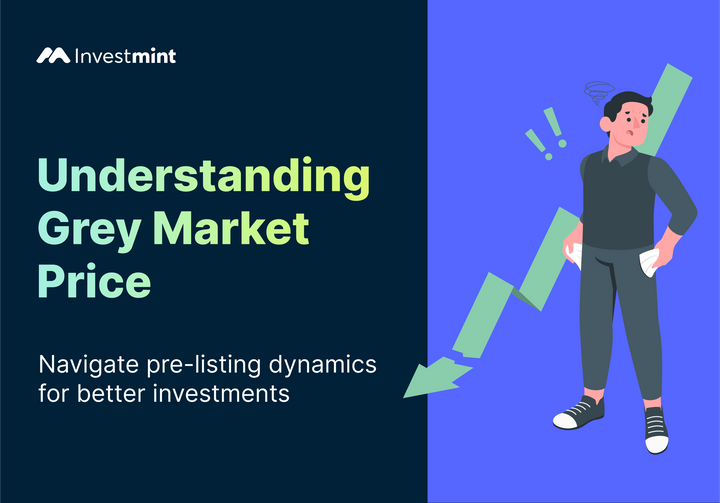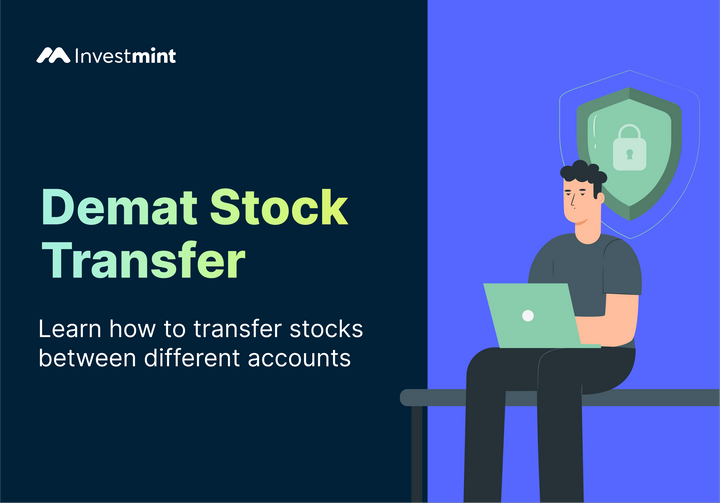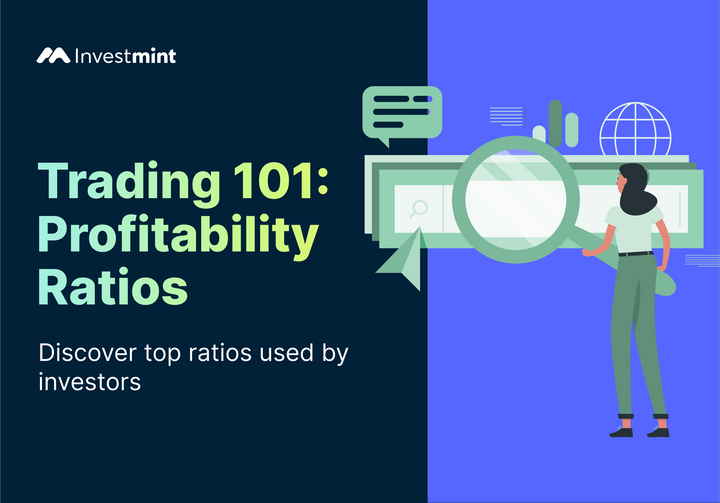What Is The OBV Indicator? How To Use It & Strategies
OBV is a useful tool for traders to confirm trends and predict market movements. Learn all about it and how to use it here.

Introduction
Picture this: the stock market, a thrilling arena where fortunes are made and lost in the blink of an eye. Every trader and investor is pursuing the same elusive prize—predicting the future. In this high-stakes game, information is power; the more you know, the closer you get to mastering the markets.
- Enter the OBV (On-Balance Volume) indicator, the unsung hero of the trading world.
The On-Balance Volume (OBV) indicator is one of the various technical analysis tools traders use in financial markets. In this article, we will try to understand the functioning of the OBV indicator—its origins, how it functions, and its practical applications in trading.
What Is The OBV Indicator?
The On-Balance Volume indicator is a technical momentum indicator that uses the positive or negative flow of the trading volume to indicate buying or selling pressure on an asset to predict price changes in the near term. This indicator tracks increase or decrease in volume to calculate future price movements.
'Joseph Granville' introduced the OBV indicator in the 1960s. Granville aimed to provide traders with a more comprehensive perspective on market trends by integrating volume data into the analysis of price movements.
How Does The OBV indicator work?
The On-Balance Volume indicator works by tracking the cumulative volume of asset trades. It adds volume when the closing price of a security is higher than the previous day and subtracts it when it is lower. This creates a line that reflects the volume flow in relation to price movements, helping traders assess buying and selling pressure.
How is OBV Calculated?
To calculate the On-Balance Volume value, we add the volume on days when the closing price is higher than the previous day and subtract it when it's lower.
The three rules implemented when calculating the OBV are as follows:
1. If today's closing price is higher than yesterday's closing price
Current OBV = Previous OBV + today's volume
2. If today's closing price is lower than yesterday's closing price,
Current OBV = Previous OBV - today's volume
3. If today's closing price equals yesterday's closing price,
Current OBV = Previous OBV
What Does The OBV Indicate?
The On-Balance Volume indicator tells us how volume relates to price changes. When an OBV rises, it signifies a strong buying interest, while a declining OBV suggests selling pressure. This helps traders confirm trends and spot divergences in their trading strategies.
Advantages Of Using The OBV Indicator
The OBV indicator confirms trends, detects divergences and provides early signs of potential reversals. Its versatility across different markets and timeframes makes it an indispensable asset.
- Simplicity: OBV is relatively easy to understand and use, making it accessible to both beginners and experienced traders. It doesn't involve complex mathematical calculations or formulas.
- Trend Confirmation: OBV helps confirm the strength of a price trend. When the OBV line moves in the same direction as the price, it suggests a strong trend. Conversely, divergences between OBV and price can indicate potential reversals.
- Volume Analysis: It focuses on trading volume, providing insights into whether a price move is supported by trading activity. Increased OBV during a price uptrend or downtrend suggests the trend will continue.
- Leading Indicator: OBV can act as a leading indicator, showing changes in buying or selling pressure before they become evident in price movements. This can give traders a potential edge in anticipating trend shifts.
- Divergence Signals: OBV can identify bullish or bearish divergences, where the OBV line behaves differently from the price chart. These divergences can provide early warning signals of potential reversals.
- Objective Analysis: OBV provides an objective measure of volume and price data, reducing the impact of emotions on trading decisions. This can help traders stick to their strategies.
How Not To Use The OBV Indicator?
While the OBV indicator is powerful, it should not be the only basis for making trading decisions. Use it along with other analysis tools for a more holistic view. One should also prioritise risk management strategies and be cautious in low-liquidity markets where the OBV indicator may be less reliable.
What Are The Limitations Of The OBV Indicator?
The OBV indicator is a leading indicator in the sense that it can make predictions, but at the same time, it cannot exactly tell what has actually happened in terms of the signals it produces. Hence, it can oftentimes create false signals.
Leading indicators are economic or financial metrics that provide insights into future economic or financial market trends.
The OBV indicator can be balanced by using lagging indicators. One can add a moving average line to the OBV to identify OBV line breakouts. A breakout in the price can be confirmed if the OBV indicator makes a concurrent breakout.
Any large spike on a given day can throw off the indicator for a while. For instance, a sudden earnings announcement, inclusion or exclusion from an index or institutional block trades can cause it to spike or fall, but the spike in volume may not necessarily signify a trend.
What Is The On Balance Volume Strategy?
The OBV works well in trending markets and should be avoided when consolidating markets. Using the OBV indicator with moving averages and relative strength index can help one trade more efficiently.
- Follow and confirm the trend
The primary application of the OBV indicator is to validate trends. When the OBV line aligns with the price trend, it fortifies the conviction in that trend. For instance, in an uptrend, a climbing OBV corroborates the bullish sentiment, instilling more confidence in traders.
- Combine with other indicators
The OBV indicator can be used in conjunction with other indicators, such as moving average indicators and finding crossovers.
- Find divergence
One of the strategies to use the OBV indicator is to use divergences. A divergence occurs when the OBV indicator rises when the asset’s price falls. In such a situation, there is an imbalance between the asset’s price and overall volume.
A bullish divergence is formed when the OBV rises while the stock falls.
OBV vs Accumulation/Distribution
Accumulation and distribution measures the cumulative flow of money in and out of a security.
OBV is simpler, focusing only on price and volume, while accumulation and distribution consider price range alongside volume.
Calculating accumulation and distribution is more complex as it factors in multiple price points, whereas OBV's calculation is based on straightforward closing prices.
Accumulation and distribution may provide more nuanced insights into the intensity of accumulation or distribution within a trend, while OBV simplifies this information into a cumulative line.
OBV Trading Examples
In OBV trading, imagine a stock's price is rising, and OBV is also trending upward—this confirms the bullish trend. Conversely, if the price climbs while OBV falls, it signals potential weakness. These real-time examples help traders make informed decisions and ride trends or exit positions before reversals.
Conclusion
The On-Balance Volume indicator continues to serve as an invaluable tool for traders worldwide. It validates trends, pinpoints divergences, and offers early signs of potential reversals. However, like all trading tools, it works well when used in conjunction with other analytical methods and a robust risk management strategy. It is not very useful for day traders. Despite its limitations, the OBV indicator remains a trusted tool to make informed trading decisions.



